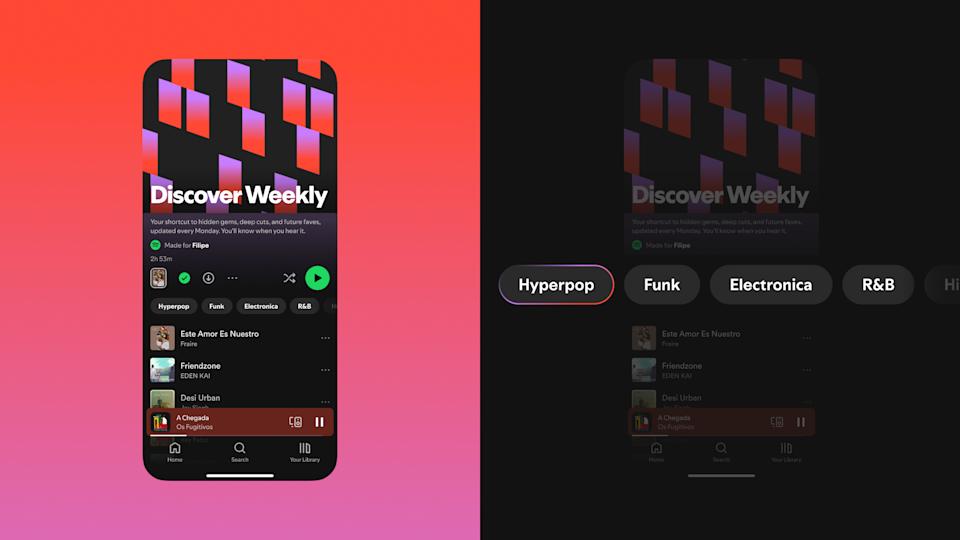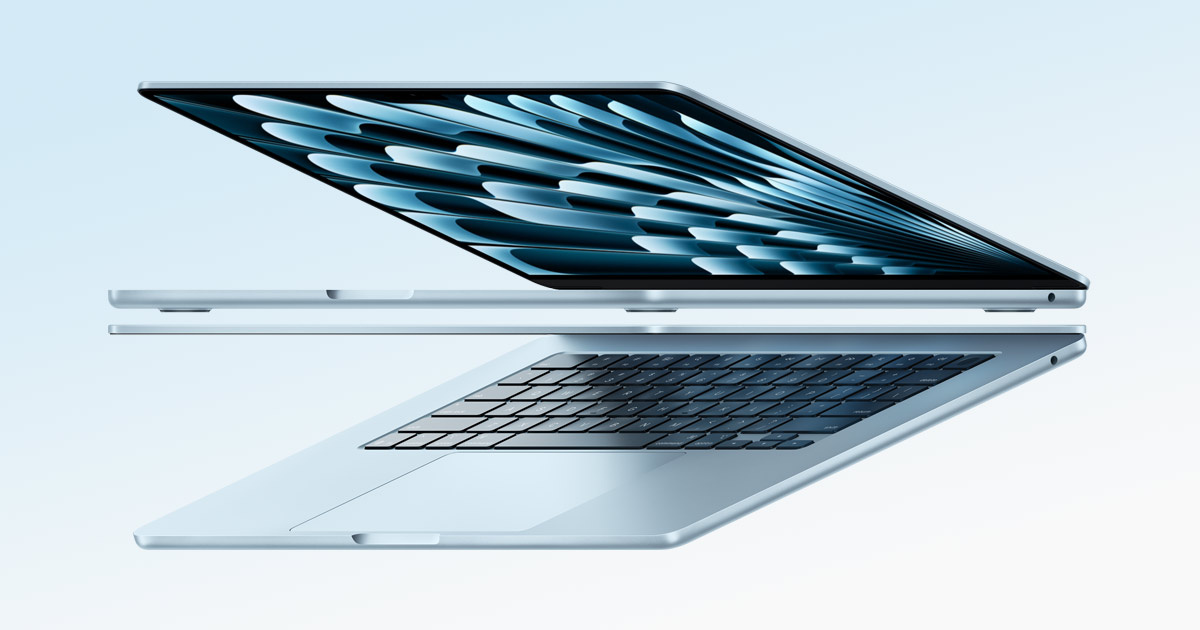For over a decade, Apple has followed a predictable rhythm in launching new iPhones, typically unveiling all models during its September event. But that long-standing cadence is set to change. According to recent industry analysis, Apple plans to shift toward a split release schedule that staggers entry-level and premium models across the year. Starting with the iPhone 18 generation in 2026, the company will begin rolling out its flagship Pro models in the fall, while reserving budget-friendly versions like the standard iPhone and the “e” series for the spring of the following year.
This adjustment means that by 2027, the standard iPhone 18 and the iPhone 18e are expected to arrive about six months after the fall release of the iPhone 18 Pro lineup. That fall collection will reportedly include the iPhone 18 Pro, Pro Max, a new “Slim” variant, and Apple’s first foldable iPhone. The same pattern is anticipated to continue into 2028 with the iPhone 19 generation. It’s a significant break from the unified launch approach that’s defined Apple’s strategy since the iPhone 4s era in 2011.
While Apple hasn’t publicly confirmed the shift, multiple supply chain analysts suggest the reasoning is both strategic and operational. Releasing all iPhone models in a single window has made it harder to differentiate lower-tier products, which often get lost in the shadow of the high-end Pro offerings. By moving the base models to spring, Apple is carving out a separate spotlight for these devices, potentially giving them more room to drive sales and extend their shelf life in the market.
There’s also a tactical layer at play. Many of Apple’s global rivals, especially in Asia, launch their flagship devices earlier in the year. By spacing out its own releases, Apple can maintain a more consistent presence in the news cycle and better counter competitive launches. This staggered approach also aligns with increasing complexity in Apple’s iPhone lineup, which has grown to include new variants like the upcoming Slim model and expanding “e” series.
The 2025 iPhone lineup is expected to be the last to follow the traditional schedule. That year will likely bring the iPhone 17 family—including a new Slim or Air model—together in the usual September timeframe. But starting in 2026, the spring launch of the iPhone 17e will mark the beginning of Apple’s revised calendar.
In a crowded smartphone landscape where differentiation is crucial, Apple appears to be reshaping its release cycle to improve focus, optimize production logistics, and better align with global market dynamics. Whether this change boosts visibility for its budget models or merely spreads out the noise remains to be seen, but the shift signals a more flexible and segmented strategy going forward.





